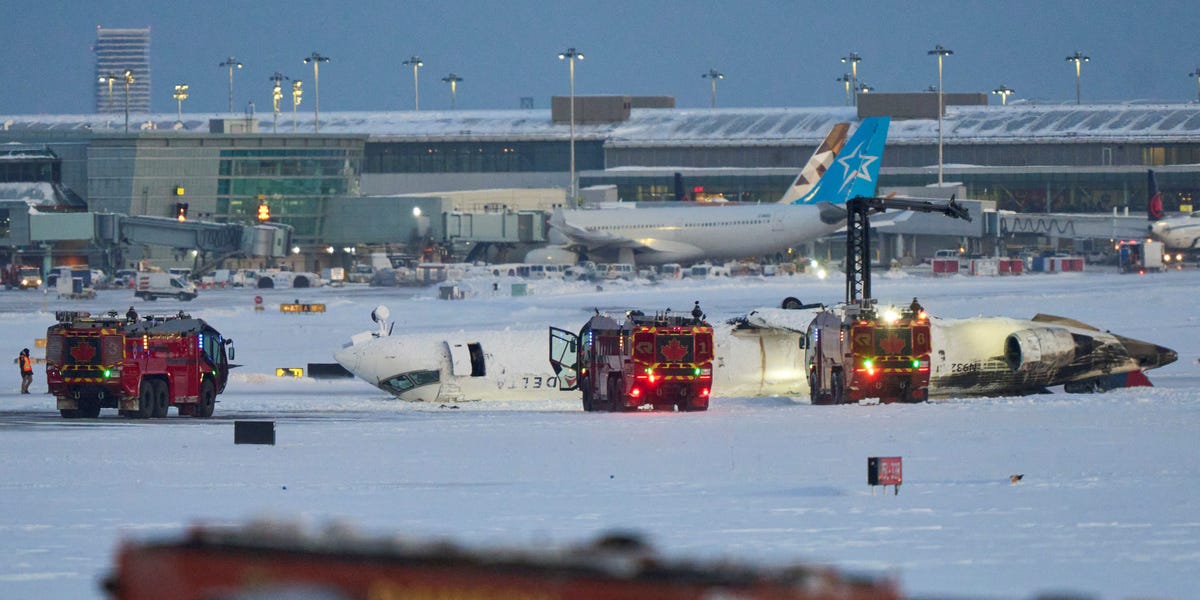Cockpit Chaos: Inside the Harrowing Moment a Delta Flight Nearly Turned Upside Down

In a dramatic account of Monday's landing incident, a seasoned former airline captain suggests that the aircraft experienced a sudden and catastrophic failure of its right landing gear moments after touching down in Toronto. The expert's analysis points to a critical mechanical breakdown that occurred within mere seconds of the plane making contact with the runway, potentially revealing a serious structural issue with the aircraft's landing gear system.
The captain's keen observation highlights the split-second nature of the mechanical failure, raising important questions about the aircraft's condition and the potential factors that may have contributed to this alarming incident. Investigators are likely to scrutinize every detail of the landing to understand the precise circumstances that led to the gear's unexpected collapse.

